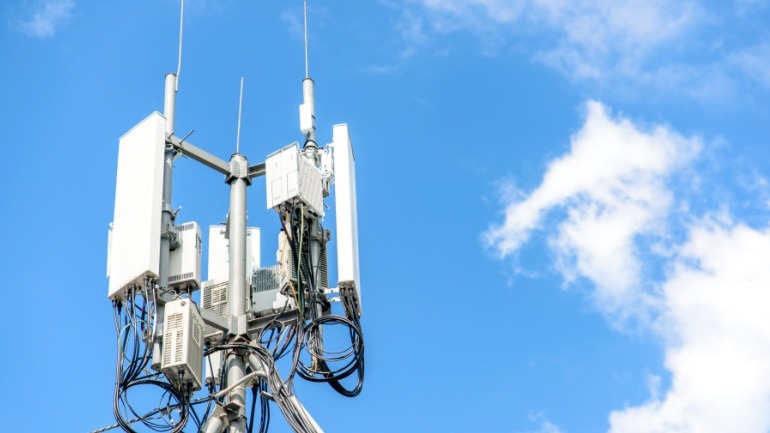5G technology is receiving significant attention and becoming an exciting hotbed of innovative potential, with a multitude of experimental features currently under scrutiny. According to Marco Gatti, 5G Product and Solution Manager at Anritsu Service Assurance, one of the most promising developments involves network slicing. Network slicing allows potentially hundreds or even millions of simultaneous network slices to come about dynamically, each boasting its unique customer-defined attributes.
However, at this time, most telecom operators continue to limit the number of slices. But as the full potential of 5G Standalone (5GSA) matures closer to realization, the technology is poised to unlock an array of revenue-generating business opportunities across various industries. These include gaming, vehicle-to-everything (V2X), the Internet of Things (IoT), and mobile edge computing.
Network slicing can especially contribute significantly to critical remote services that heavily rely on high availability and guaranteed redundancy. With the advent of this technology, tasks such as remote robotic surgeries, which require ultra-reliability over low latency, can become a reality. Moreover, intensive plant and machinery can considerably minimize downtime and avert breakdowns with the aid of embedded monitoring capabilities connecting over a reliable 5G slice, thus managing potential issues within microseconds.
There are, nevertheless, certain challenges and complexities being faced. With the increasing scale and diversity of network operations, traditional management techniques might prove insufficient. Moreover, the pursuit of dynamic 5G slicing, if not accompanied by innovation and adaptability in managing processes, might lead to unsustainable operating costs. The solution, as Marco Gatti posits, lies in increased automation.
In such a context, service assurance emerges as a critical enabler for effective automation since one can only control what is under active monitoring. Unlike standard call detail records, which can present post-event, effective service assurance hinges on the adoption of real-time monitoring. This, in turn, immediately alerts the orchestration, which can actuate on the core network. Establishing this closed loop helps anticipate potential issues when certain metrics approach a defined threshold, thus enabling the orchestration to take appropriate preventive measures.
However, the adoption of automation also hinges on a significant culture change within operations teams. These teams need to adopt a more developer-centric mindset, with an emphasis on repeated testing till full confidence is established in the solution’s ability to operate reliably.
Artificial Intelligence (AI) and Machine Learning (ML) can also complement automation by extracting insights from the multiple data streams collated by service assurance across the network. For instance, ML based on neural networks can enhance prediction reliability and anomaly detection capabilities. This, coupled with ML-based scripting, can enable faster and more effective network management in future networks.
But bringing about the full potential of 5G to create new business opportunities will only be possible when ZSM matures, OSS environments are prepared, and 5GSA-compatible devices are made available for diverse consumer and industrial applications.







